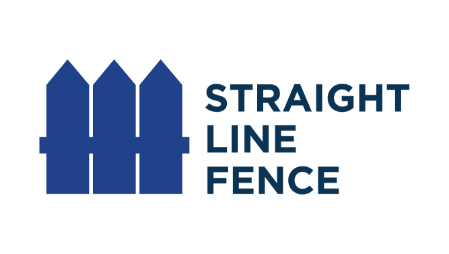Certain types of fences are better than others when it comes to withstanding what nature throws at them.However, all kinds of fences are susceptible to some kind of damage. Read for the five most common culprits of fence destruction, and how to minimize their effects.
- Weather: Rain, snow and wind may cause the fence to become discolored, rot or even blow over. Routine inspection and maintenance will allow you to find and address any problematic areas before they cause too much damage. Putting this off until later is almost never a good idea.
- Branches: If branches fall from a tree after a strong thunder or snow storm, they can break certain areas of your fence. Before winter and after storms, observe the trees in your yard and trim back any branches that are breaking or look weak.
- Debris: Over time, leaves, twigs, dust and other matter will build up atop your fence and between boards. Although it may seem minor, this can actually cause your fence (mostly wood fences) to rot more quickly. Keep your fence clean and trim the grass near the fence regularly.
- Moisture: Rain, snow and even water from the sprinkler also contribute to accelerated rotting. Be mindful of sprinkler head placement so that the water stream will not reach the fence, and ensure you have sufficient drainage to avoid pooling around the fence’s base.
- Poor construction: If your fence is originally installed by a contractor with lack of experience, it is doomed from the start; even regular maintenance won’t save it. Speak with an experienced fencing contractor to ensure the job will be done right – you won’t regret it!

